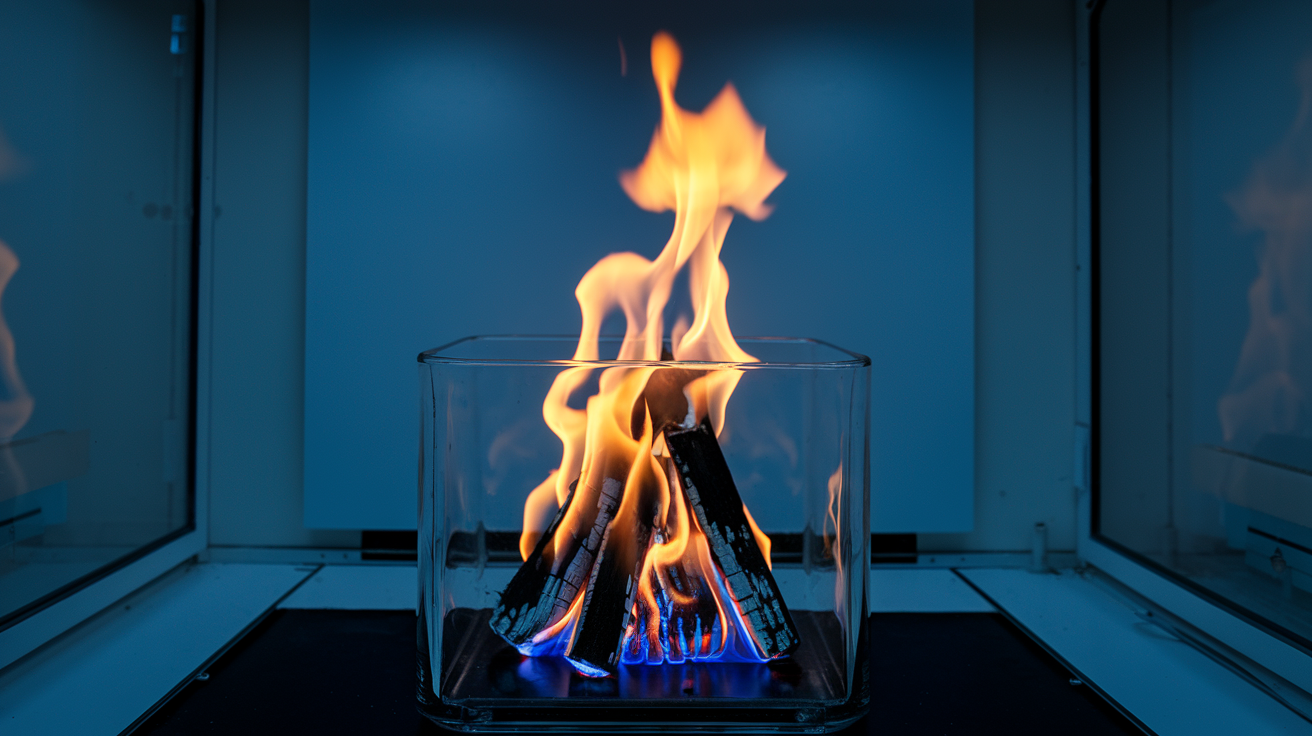Friction ridges, those unique patterns on our fingers, palms, and soles, play a crucial role in our daily lives and have significant implications in various fields, particularly forensic science. In this article, we will delve into the definition, formation, and purpose of these fascinating skin features.
Definition of Friction Ridges
Friction ridges, also known as dermatoglyphs, are raised, curved lines found on the fingertips, palms, and soles. These patterns are formed by the underlying dermal papillae, which are small projections of the dermis (the deeper layer of skin). The term “friction ridge” refers to their ability to enhance grip and traction.

The Formation of Friction Ridges
The development of friction ridges begins during fetal growth. As the fetus’s hands and feet develop, the dermal papillae start to form. These papillae interact with the overlying epidermis (the outer layer of skin), creating the characteristic ridge patterns. The specific patterns are influenced by a combination of genetic factors and environmental influences during development.
The Purpose and Function of Friction Ridges
Friction ridges serve several essential functions:
- Enhanced Grip. The ridges provide a textured surface that increases friction, allowing us to grasp objects more securely.
- Sensitivity. The ridges are densely innervated with nerve endings, making our fingertips highly sensitive to touch. This sensitivity is crucial for tasks requiring fine motor skills, such as writing, typing, and playing musical instruments.
- Identification. The unique patterns of friction ridges are used for identification purposes, particularly in forensic science. Fingerprints, which are impressions of friction ridges, are considered to be unique to each individual and can be used to identify suspects or victims of crimes.

Ridgeology: The Science of Friction Ridges
Ridgeology is the scientific study of friction ridges and their application in forensic science. Ridgeologists analyze and compare friction ridge patterns to determine whether they match or differ. This analysis is used in criminal investigations to identify suspects, victims, and link individuals to crime scenes.
Key methods used in ridgeology include:
- Manual comparison – visual examination of friction ridge patterns to identify similarities and differences.
- Automated fingerprint identification systems (AFIS) – computerized databases that store and compare fingerprints.
- 3D imaging – technology that captures three-dimensional images of friction ridges for more accurate analysis.

In conclusion, friction ridges are essential features of our skin that play a vital role in our daily lives. Their unique patterns, formed during fetal development, provide us with enhanced grip, sensitivity, and are used for identification purposes in forensic science. Understanding the definition, formation, and purpose of friction ridges is crucial for appreciating their significance in both everyday life and scientific inquiry.




